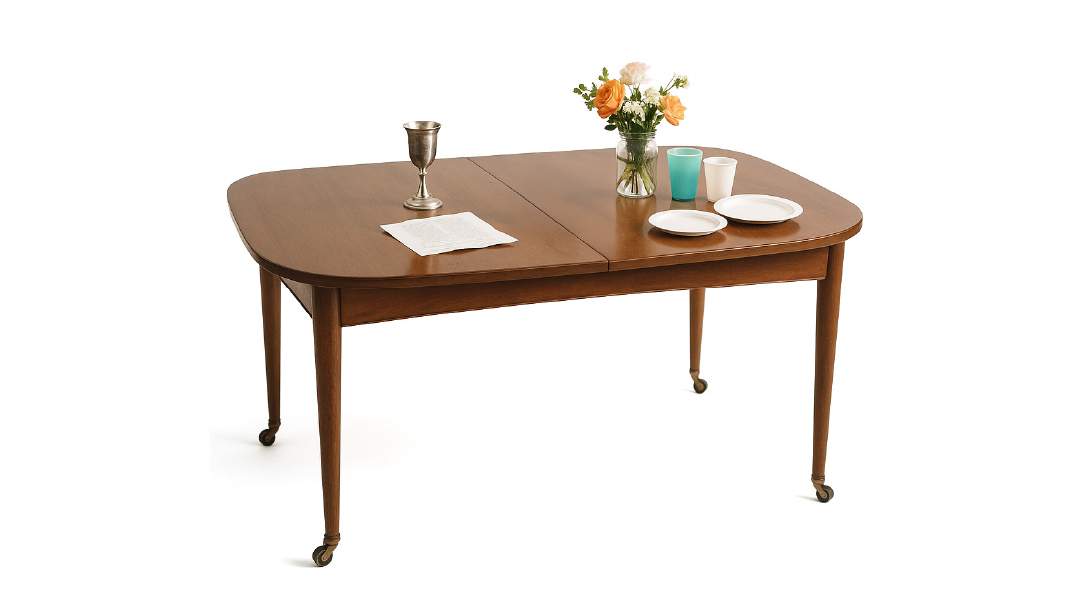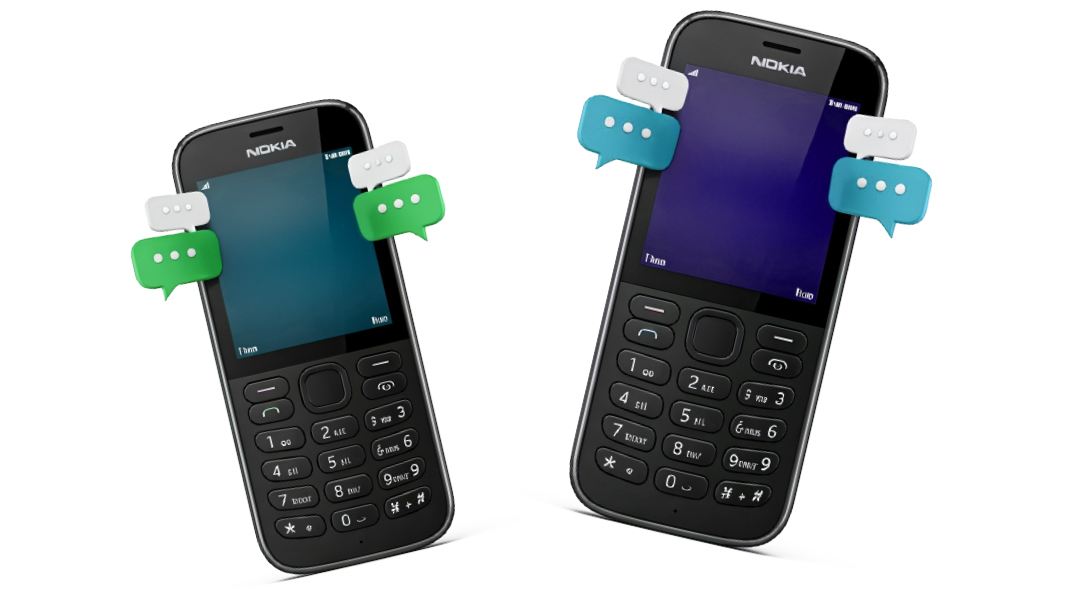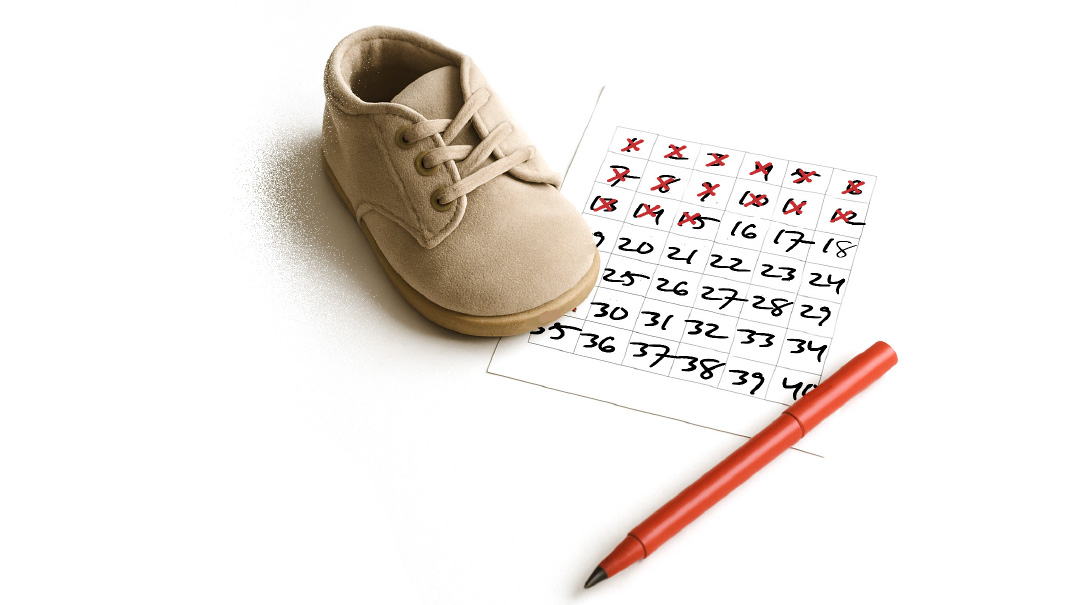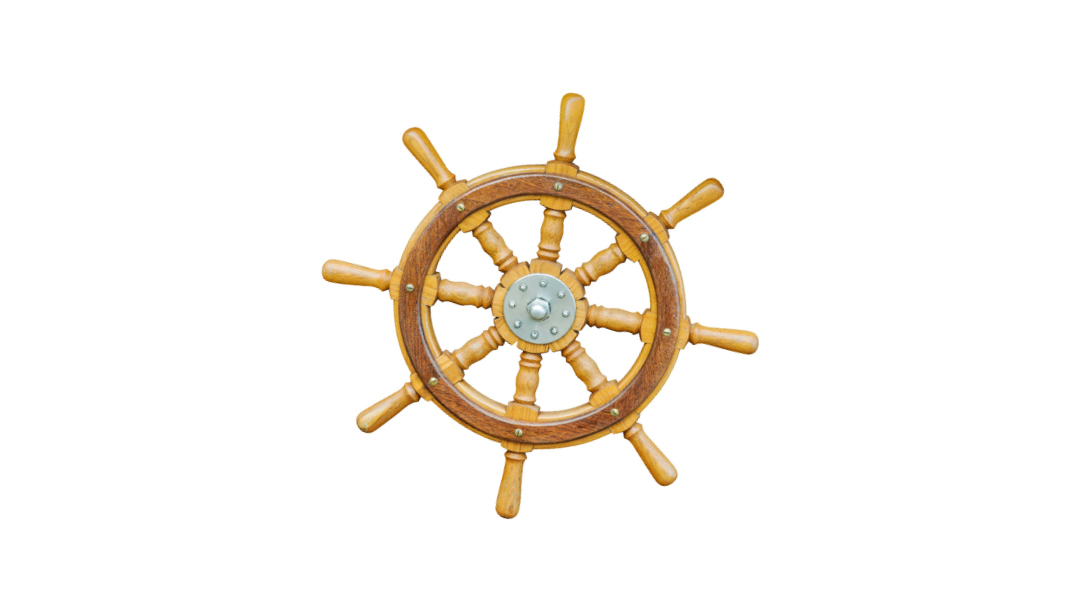Kezimunka: A Tapestry of Love
| September 13, 2022Kezimunka was Nagymama’s oasis, her happy place. She’d work on it, put it down, and come back again
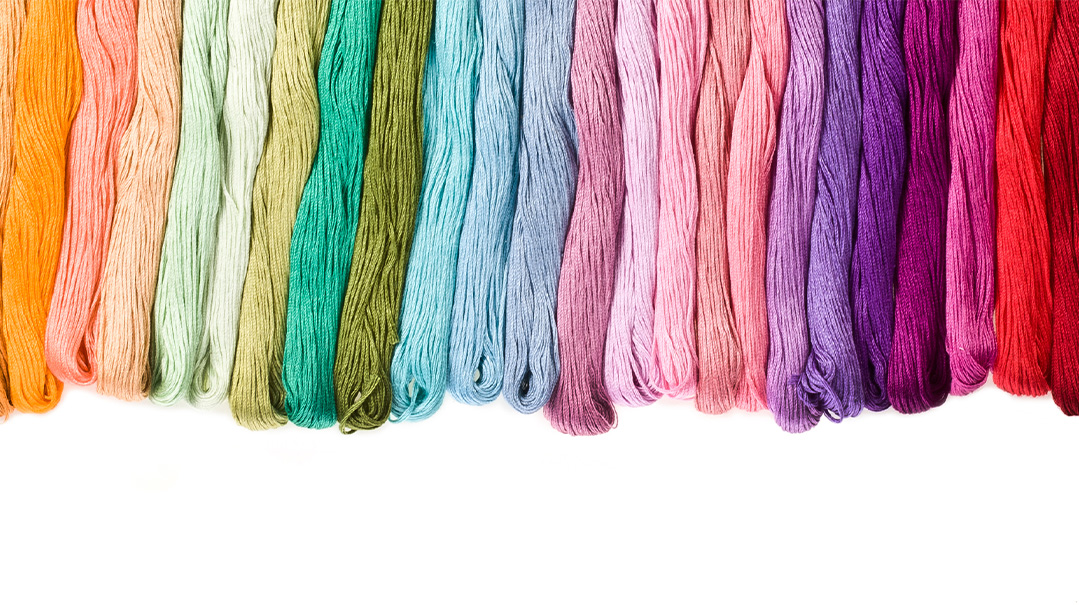
Growing up as the daughter of Hungarians, I enjoyed all the delicious meals, those dishes you either know or heard about; goulash, káposztás tészta, Rakott Krumpli, and of course, chicken paprikash with nokedli. My friends loved staying for dinner when studying for tests.
But our home was brimming with more than delicious food. My Nagymama’s Kezimunka — the pride of every Hungarian woman — filled every corner. Kezimunka is the exquisite embroidery you’ve probably seen on Hungarian tablecloths, wall hangings, traditional folk dress, pocketbooks, even shoes. It appears in the form of flowers and vines, and sometimes squares and circles.
Nagymama, my mother’s mother, lived in Budapest, and her exquisitely detailed creations — tablecloths, small cloths, and doilies in various shapes and sizes — were gifts of love. Nagymama was always busy with her Kezimunka, and when we’d visit, I liked to watch as she needlepointed with great concentration, making sure to fill in the flower just so. It was soothing to observe her sit there, engrossed, completely one with her needle and thread, sewing to a quiet rhythm of her own.
As an adult, I look back and wonder if her thoughts were turned to another time and place, before the war stole her husband. She’d become a young widow with a newborn baby — my mother — in a terrifying war-torn city. By the grace of G-d, and through the shlichus of Raoul Wallenburg, Nagymama and my mother procured Schutzpasses declaring them to be Swedish citizens. They miraculously survived the war in a safe house that flew the Swedish flag.
Kezimunka was Nagymama’s oasis, her happy place. She’d work on it, put it down, and come back again. I can still recall how she’d pull out a stitch that wasn’t perfect, while keeping the needle in her mouth, thumb crowned by a thimble. Not a stitch could go outside the perimeter of the flower’s shape! Her embroidery was so good that when you flipped the tablecloth to the other side, you couldn’t tell it was inside out. In fact, during our first several years as newlyweds, my husband would often lay the Shabbos tablecloth, my grandmother’s wedding gift to us, on the wrong side!
On one summer visit to Nagymama, she asked me if I wanted to learn how to do Kezimunka. I was around ten years old and eager to learn this intriguing craft. I was even more excited to go on an outing alone with my grandmother in the big cosmopolitan city of Budapest.
Nagymama got dressed up for the occasion of going out, with her pocketbook and proper pumps, a delicate handkerchief in her bag, and off we went. We took the bus to the main tram center and boarded the electric tram. It was an exciting trip. Even just looking out the window at all the hustle and bustle was an experience for a young girl from Baltimore.
Nagymama and I didn’t talk much on the trip; my Hungarian consisted of hello and goodbye, please and thank you, and naturally, “jo Ishtenem,” and my grandmother’s English consisted basically of the same. Somehow, we communicated, and I recall how Nagymama looked on with pride as I, her (foreign, and only frum) granddaughter, sat next to her in this city that held so much pain for her and for our People.
At last, we arrived at the stop. We stepped into a small store and entered another world. The walls were filled from top to bottom with spools and thread in every color. It was a dream for any woman who enjoyed crafting. I took it all in, awed.
Then the proprietress came over to my grandmother, who explained in her slow, soft lilt why we were there. It was clear that she was kvelling at the idea of passing this tradition on to her granddaughter, and the proprietress showed me a small, white cloth kotzka (square) with a border of flowers around the edge, just waiting to be filled in with those colored spools. My grandmother picked out the traditional colors, purchased it all, and we left, carrying a white paper bag filled with treasure.
All that summer, Nagymama taught me the fine craft. She started with threading the needle and moved on to the actual handiwork of the Kezimunka, showing me how to fill in the flower, first on one side, then on the other side, and then back on the first side. I worked hard, flipping the cloth back and forth until I completed a petal.
Oh, the joy in that one red petal! Oh, the exhaustion of it all! But, oh, the exhilaration of sewing petal by petal until each flower was complete. Finally, I was up to the last bit, edging the border. Nagymama took over this part, which was too difficult for a beginner, expertly stitching the border in red.
My Kezimunka was quite a project, taking all summer. I started it in my grandmother’s beautiful, antique-filled city apartment in Budapest, and I took it with me when we traveled west to Lake Balaton, a popular summer resort that had once seen many vacationing Yidden.
My little kotzka is still waiting to be framed, but it certainly has much to say. For it is not just about the feeling of success in completing something new and difficult. Nor is it just about the pride in having something beautiful that you made yourself. This little flowered square represents the beauty of the relationship of a grandmother and her granddaughter who communicated through the language of Love.
My small Kezimunka speaks of the beauty of mesorah, testifying through tapestry to the emunah peshutah of women like my Nagymama, who passed this flowering faith on to her daughter, who passed it to hers, and to hers, l’dorei doros.
Koszonom szepen, Nagymama. Thank you very much!
Yehei zichrah baruch, Daisy Bas Emma, whose yahrtzeit is on the second day of Rosh Hashanah.
(Originally featured in Family First, Issue 810)
Oops! We could not locate your form.

